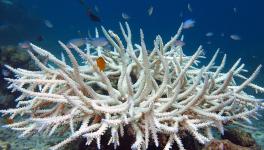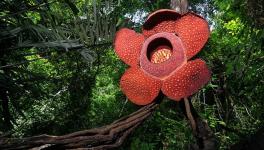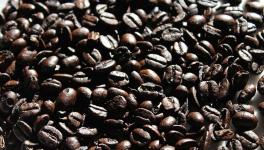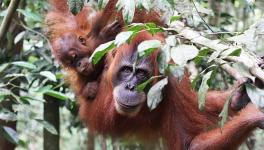Facilitating Evolution Can Help Animals Survive Climate Change
As the earth changes colour from brown to white during winters as a consequence of snowfall, many animals tend to follow this colour change. This helps them survive by allowing them to camouflage and avoid detection by predators, amongst other things. However, with global warming and reduction in snowfall, the ground is no longer white and the animals whose coats changed in colour tend to stick out, becoming easy targets.
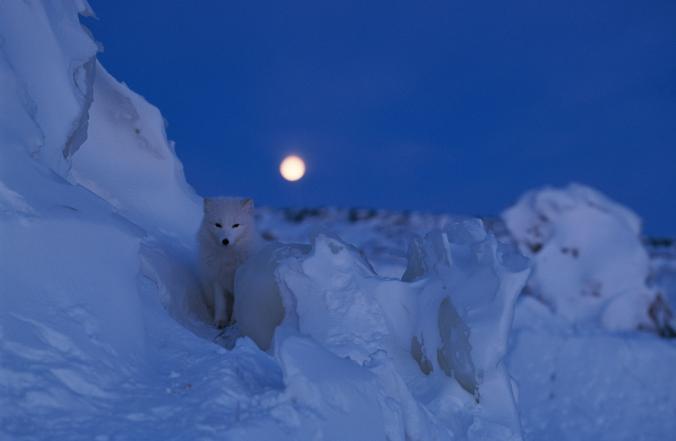
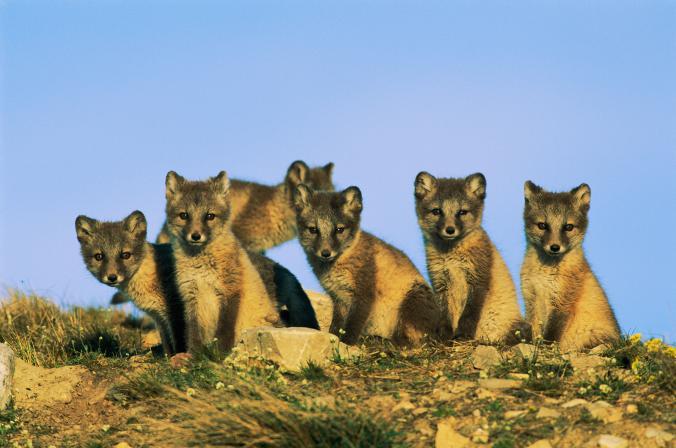
Arctic fox in winters and summers. Image credits: Norbert Rosing/National Geographic
For instance, different species of hares are brown during summers, and turn white in winters. This includes mountain hare, Arctic hare, snowshoe hare, etc. The entire population does not change colour, a part of it does, depending on the region it inhabits. This gives them polymorphic properties, where genetic variations result in different forms of the same species. It has been observed that their change in colour is not affected by the temperature or amount of snow, but is determined by the photoperiod — the amount of sunlight that they receive during the day. When snow cover reduces because of climate change, white hares are left trying to hide themselves in brown surroundings.
New research published in Science says a possible solution to this problem is having animals with both colours of coats co-exist in an area so as to spread the darker coat genes in the animals who turn white in winters.
“The importance of evolution in fostering the persistence of species facing rapid environmental change is a fundamental tenet of biology that underlies the modern field of conservation biology. Despite the central role of evolution for maintaining biodiversity, criteria to facilitate adaptation by wild species remain largely absent from conservation planning,” the authors write.
L. Scott Mills, lead author of the study and a wildlife biologist at University of Montana, said, "Evolution happens fastest when populations are large and when they are connected.”
The researchers have identified “hot spots” where the animals having both colours of coats, brown and white, co-exist in winters. By enabling winter-white and winter-brown animals to interact in these inter-connected areas, Mills says, they will be able "to disperse the more protective, darker coat genes to the nearby winter white populations to aid their adaptation as snow cover becomes less frequent.”
Winter-white coats of animals are found in areas where there is an increased duration of presence of snow, regions likely to be more towards the north, and having higher elevations. The researchers say that a reduction of 30 to 50 days in snow cover is plausible during this century. To combat this and ensure survival, many populations that remain white in winters will have to evolve to become winter brown. But there are not many areas available for this change.
13% of the world’s area is classified as protected. Of this 13%, only 10% of the identified hot spots suitable for hosting multiple species fall under areas identified as protected by the International Union for Conservation of Nature. And these include all six categories of protected areas, from “strict” to “all”.
The researchers also fear that any one specie failing to adapt to the challenges presented by climate change will have indirect impacts that will be felt throughout their ecosystems. This is exacerbated by the fact that these colour-changing species are both predators, such as Arctic fox, and prey, like hares.
The study concludes with the hope that the identification of these hot spots will be used for integrating evolutionary processes into conservation efforts, and provide unconventional strategies for maintaining animal populations.
Get the latest reports & analysis with people's perspective on Protests, movements & deep analytical videos, discussions of the current affairs in your Telegram app. Subscribe to NewsClick's Telegram channel & get Real-Time updates on stories, as they get published on our website.











